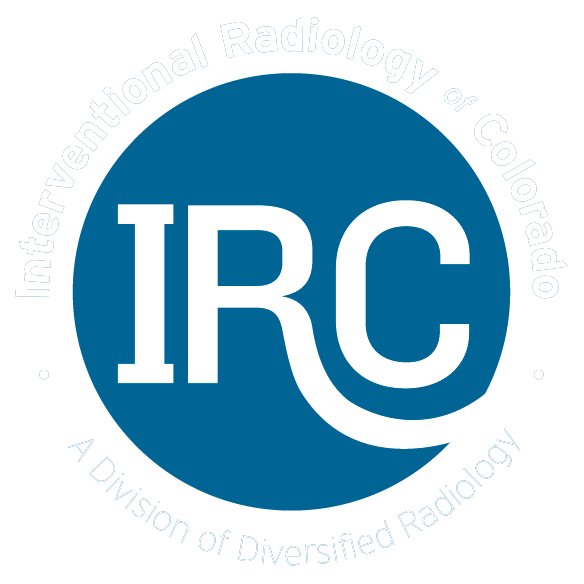Understanding Liver Cancer
Liver cancer includes several types of cancer that can originate in the liver, a large organ that sits in your upper right abdomen. While cancer that impacts the liver often begins in nearby organs (referred to as “metastatic cancer”), cancers such as hepatocellular carcinoma begin in the liver and are known as primary liver cancer. Liver cancer can severely reduce the patient’s quality of life, causing pain, loss of appetite, and other challenging symptoms.
Symptoms of Liver Cancer
In its early stages, primary liver cancer may have no symptoms. As it progresses, symptoms can include:
- Unintentional weight loss
- Abdominal pain and/or swelling
- White stool
- Nausea and vomiting
- Loss of appetite
- Fatigue
- Yellowing of skin and eyes (jaundice)
Risk Factors for Liver Cancer
Liver cancer can occur without any known risk factors. However, some factors increase the likelihood of liver cancer developing, including chronic infection with hepatitis B or C, diabetes, cirrhosis, excessive alcohol consumption, and liver diseases such as Wilson’s disease.
Treatments for Liver Cancer
Treatment for liver cancer can vary depending on several factors. Before deciding on a course of action, a doctor will determine how far the cancer has spread, as well as its size and location. Based on this information, the appropriate course of treatment will be determined.
Learn More About Interventional Oncology
- Drug-Eluting Bead Embolization (also known as chemoembolization) provides targeted cancer treatment directly to the tumor while minimizing exposure to the rest of the body.
- Intra-arterial Yttrium-90 Radioembolization, known as Y-90, is a palliative treatment for patients with liver cancer that provides a higher dose of radiation compared to external therapies.
How Does Chemoembolization Work?
Chemoembolization is a minimally invasive treatment performed by an interventional radiologist. Using image guidance, an doctor delivers a chemotherapy agent and a blood vessel blocking agent (embolic) through the blood vessel supplying the tumor to stop its blood supply and to deliver chemotherapy in the same setting.
How Does Y-90 Radioembolization Work?
Healthy liver tissue can easily be damaged by radiation. Radioembolization provides targeted treatment only to tumors in the liver with little risk to the healthy tissue or surrounding organs.
Radioembolization is very similar to chemoembolization except that radioembolization delivers tiny radioactive microspheres directly into tumors through a catheter threaded into the liver’s hepatic artery via an anesthetized artery in the thigh. The microspheres contain the radioactive isotope, Y90, which become lodged inside the tumor and emit their radiation from within.
The radiation contained in Y90 has a short half-life – it is essentially gone in just over 2.5 days and carries no significant risk to others around the patient. While this can’t cure cancer, it can extend the patient’s life and offer a better quality of life without many of the side effects of other cancer treatments. Because radioembolization is done with only a small incision in the body, recovery is also faster and less painful than traditional treatments.
After the Y-90 Procedure
Compared with traditional cancer treatments, there are fewer side effects from this treatment. Typically, fatigue for seven to 10 days is experienced.
It is important to note that this therapy is a palliative therapy not a curative treatment. While this can’t cure cancer, it can extend the patient’s life and offer a better quality of life without many of the side effects of other cancer treatments. Because radioembolization is done with only a small incision in the body, recovery is also faster and less painful than traditional treatments.
Am I a Candidate for Interventional Oncology Treatment?
Cancers sensitive to radiation may be very effectively controlled with this therapy.
If you’d like to see if radioembolization is the right choice for you, reach out to team to schedule an appointment. Our expert interventional radiologists are here to help you feel better without the trouble of major surgery












